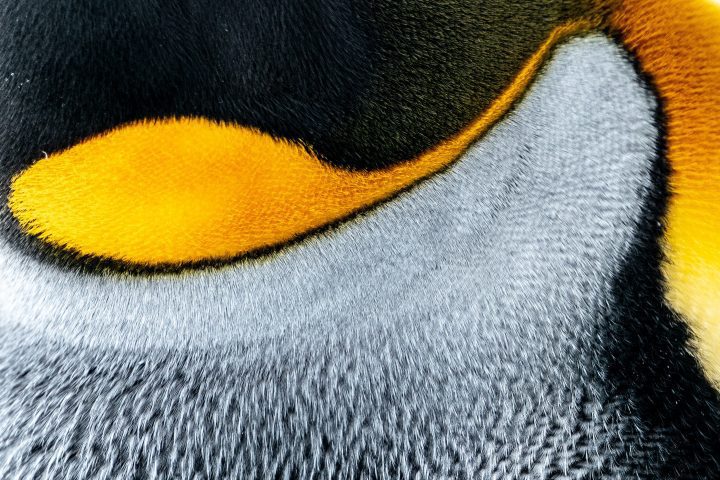Quick movement dries mammalian fur by ejecting droplets using centripetal force.
Introduction
Take your dog to play in the water, and what’s the first thing she’ll do when she gets out? Likely shake her head and shoulders in a semicircular motion, flinging fat water droplets onto everything in the vicinity.
This act may not seem particularly strategic, but from the standpoint of energy efficiency, it very much is. In fact, many species of mammals do the same thing—and the magic of the movement all comes down to physics.
The Strategy
Drying off quickly is important for mammals because water mats their fur, dramatically reducing its insulating value. In cool weather, removing the water and regaining the insulation value of the coat can be literally a matter of life and death. And even though it takes energy to rapidly rotate the head and shoulders, it would take orders of magnitude more energy to heat the body enough to evaporate the large amount of water a fur coat can take on.
The efficiency of the shoulder-shake technique comes in at the molecular level. Surface tension and hold the moisture to the hair. A shaking animal counters those forces by using a circular motion to generate centripetal force—the same action that spins water out of your clothes in a washing machine.
How rapidly an animal shakes depends on its size. Tiny mice rotate their heads and shoulders an incredible 27 times per second, while big bears do so only around 4 times per second. Loose skin on the upper half works like a soft, circular version of a spear-thrower. It swings forward farther than the muscles themselves move, and it snaps back when the shake reverses direction, providing more force from the amount of muscle energy expended than would be the case with tighter skin.
The speed of the shake relative to body mass is fast enough to overcome the surface tension holding the water to the hair, but not so fast that it causes the hair clumps to split into individual hairs, which are more resistant to shedding water. Scientists have found that a centrifugal force of 10–70 times the force of gravity can remove 70% of the water in far less time than evaporation would take.

Watch a dog shake water from its fur in slow motion.
The Potential
Lessons learned from the design of fur and loose skin, and the rate at which mammals shake to expel water from their fur can apply to optimizing human activities as well. For example, they can help us set ideal speeds and drum sizes for washing machines and centrifuges or to design entirely new versions of them. They also can guide the design of self-drying or self-cleaning equipment, such as cameras on remote vehicles exploring other planets.








